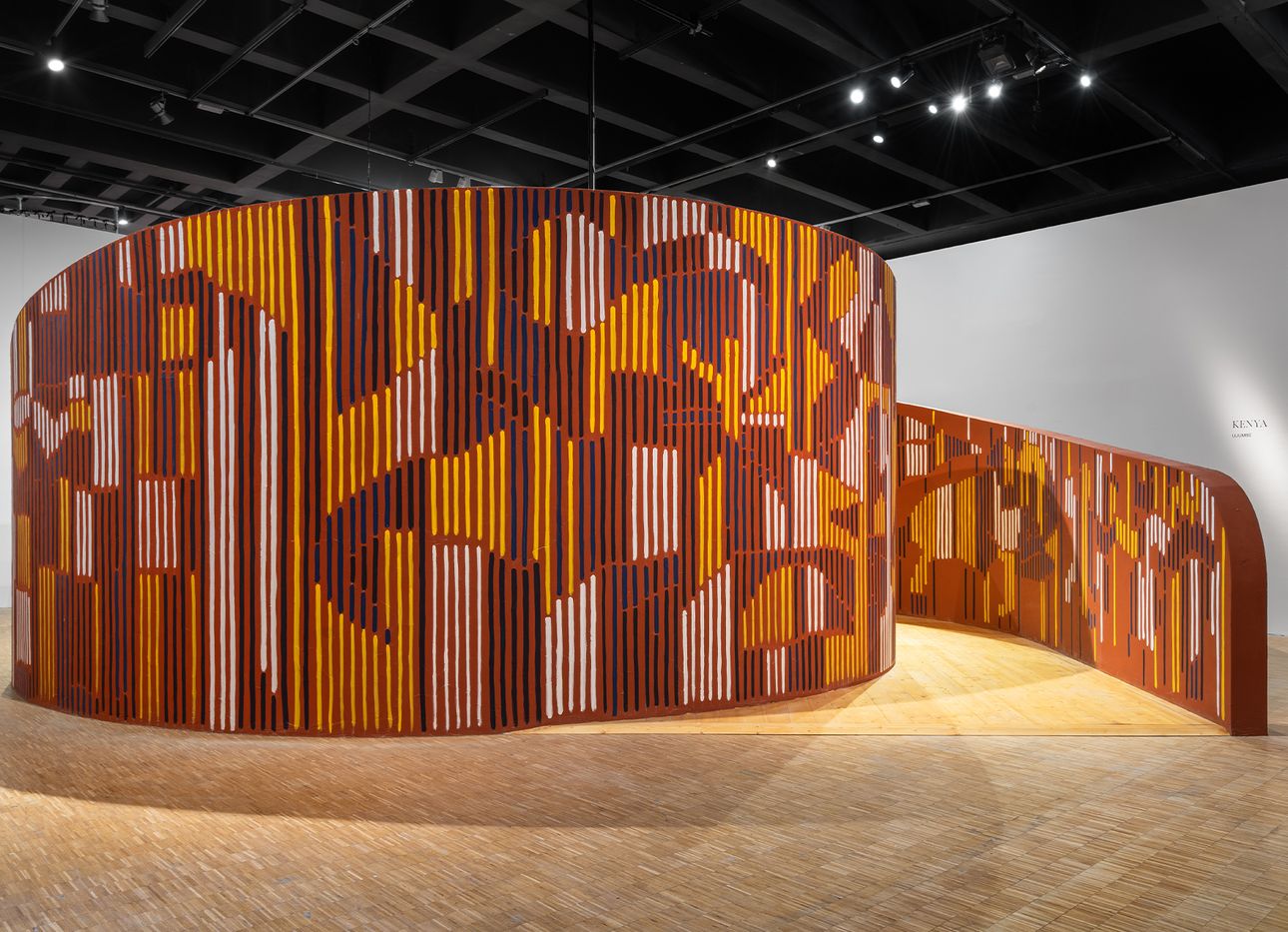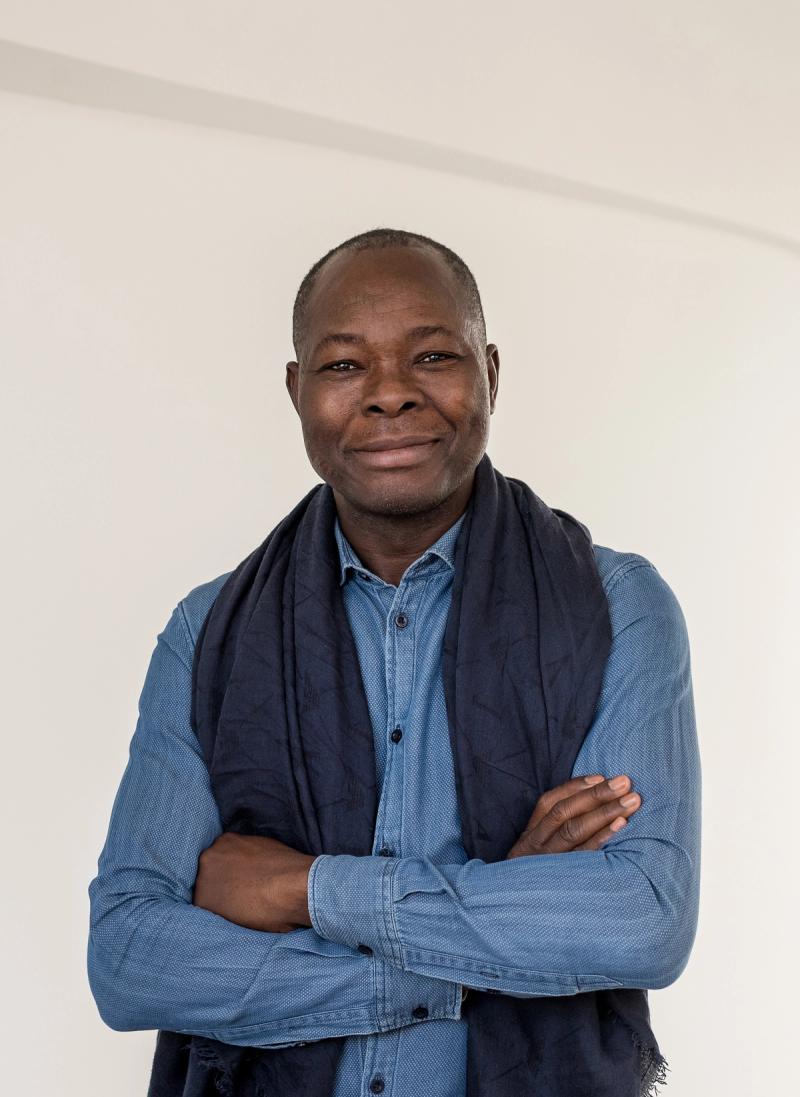
In Milan, This Year’s Pritzker Prize Winner Takes a Victory Lap
Earlier this year, Burkina Faso–born Diébédo Francis Kéré became the first African, and the first Black architect, ever to be awarded the Pritzker Prize, the most prestigious award in the profession. It’s an incredible, noteworthy distinction. But his humble, collaborative, community-oriented approach and immaculately crafted buildings are what really make him stand out. His work, which incorporates local materials, near-ancestral wisdom, and vernacular building traditions, embodies collaboration. Unlike that of so many previous Prizker winners, Kéré’s practice is not one of a singular “auteur” architect. His is a collective architecture.
Though he’s following in the footsteps of previous Pritzker winners such as Sir Norman Foster, Zaha Hadid, and Tadao Ando, Kéré doesn’t design gleaming skyscrapers or trophy-like art museums. Nobody would call him a “starchitect.” His profound presence in the field has emerged quietly, slowly, and steadily. While he has designed projects across Africa, Asia, and Europe, perhaps his most outsized contribution has been in his hometown of Gando, Burkina Faso, where he has designed two schools, a community center, and a tree-planting initiative. “Francis Kéré’s entire body of work shows us the power of materiality rooted in place,” the Pritzker jury said in a statement. “[His buildings] are tied to the ground on which they sit and to the people who sit within them. They have presence without pretense and an impact shaped by grace.”

In a victory lap of sorts, Kéré has now designed a series of displays for “Unknown Unknowns. An Introduction to Mysteries,” the 23rd International Exhibition at La Triennale di Milano design museum in Milan, opening this week and on view through Dec. 11. Curated by astrophysicist and European Space Agency chief diversity officer Ersilia Vaudo, the show features installations such as “Yesterday’s Tomorrow,” built from clay bricks, in collaboration with students from the Politecnico di Milano and members of the Burkinabé diaspora in Italy. A symbolic gesture, the structure speaks to a broader philosophy: In a warming world worsened by burning fossil fuels and ubiquitous air-conditioning, wisdom exists in marrying the simple, passive-cooling structures of our ancestors with contemporary technologies such as 3-D printing, all to improve the lives of those with the fewest resources.
For the first-ever Burkina Faso exhibit at La Triennale, the architect has also conceived “Drawn Together,” a wall that visitors are invited to co-embellish. At the exhibition’s entrance, Kéré has also designed a 39-foot-tall tower that brings together images and materials referencing past and future. His other designs on view include the seating for La Triennale’s common areas and a second installation, “Under a Coffee Tree,” situated in La Triennale’s central cafè.
“I want my buildings to inspire the user, to make the user happy,” Kéré says in his Pritzker acceptance video. By introducing the International Exhibition’s hundreds of thousands of visitors to his collaborative spirit and commitment to local and natural materials, Kéré once again is getting to the root of what, to him, matters most in architecture: improving the lives of the very communities his buildings serve.